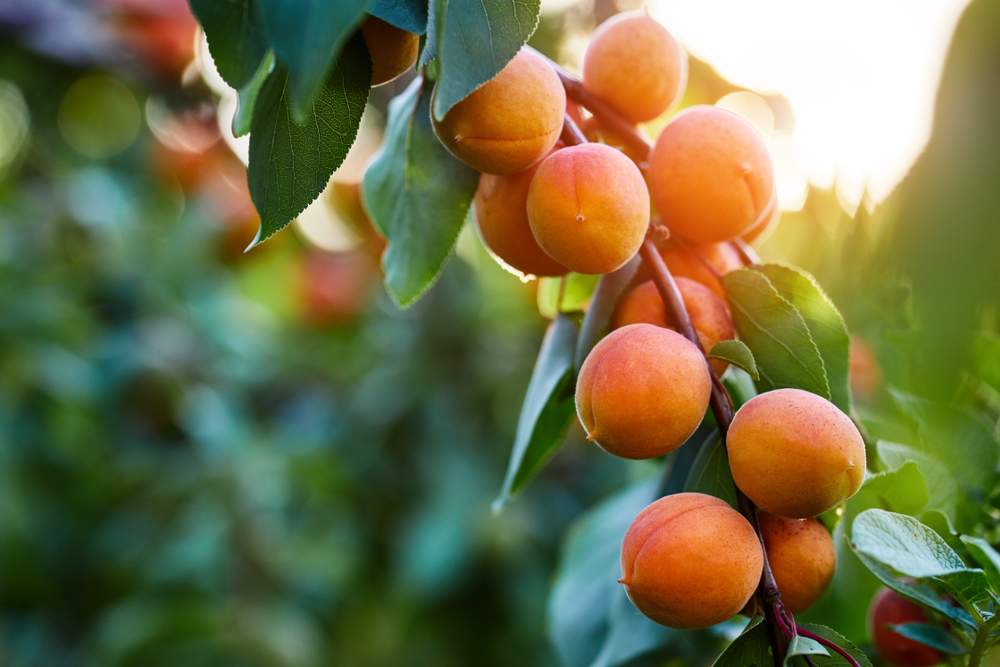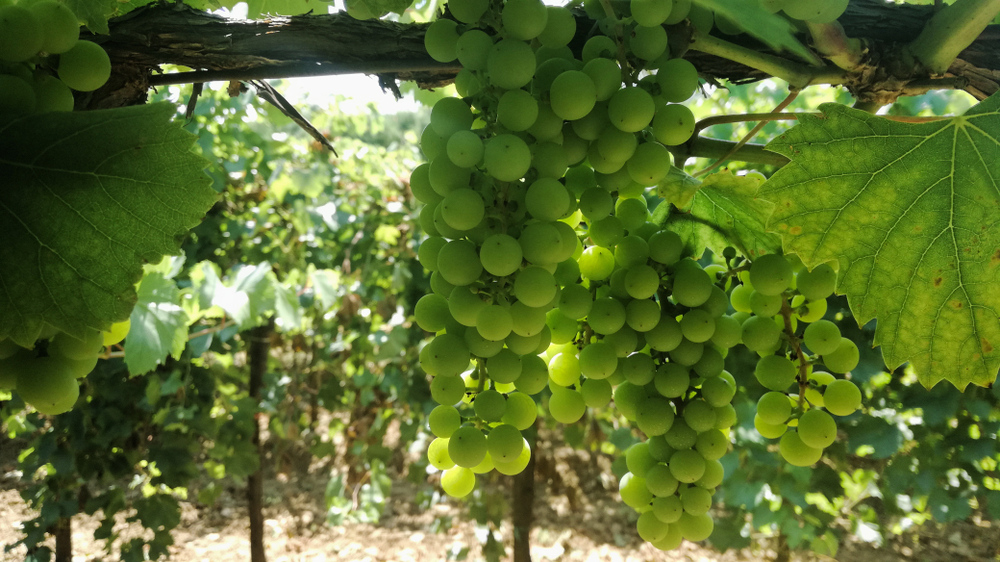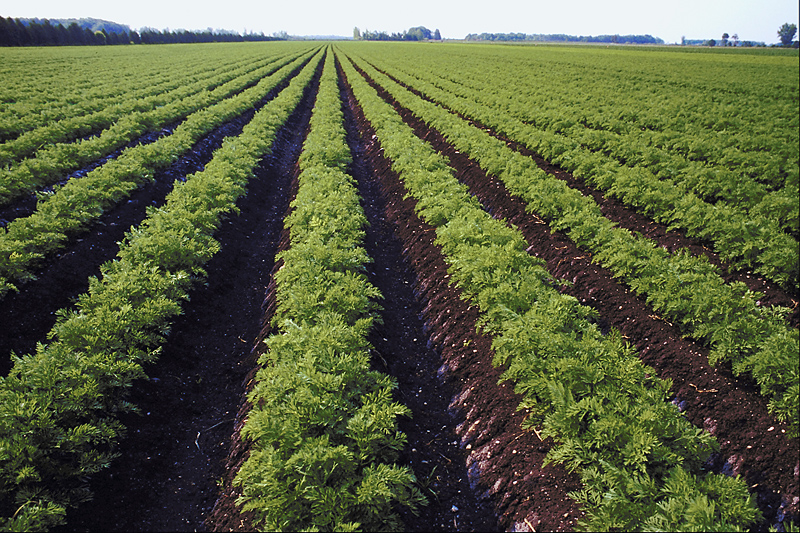Early Spring Means Frost Damage a Risk Again in 2024

Image by Shutterstock.com
The spring-like weather in February has brought forward the vegetation cycle of fruit trees by weeks again this year. This significantly increases the chances that domestic orchards will not escape spring frost damage this year. Domestic fruit production is at a critical juncture: without significant investments in frost protection, domestic plantations will not be able to operate economically in the long term, according to the findings of an online conference organized by Agroinform.hu.
The first victims of climate change in agriculture are fruit trees: mild winters not only help pests to overwinter en masse, but also make the trees more vulnerable to frost through early bud swelling, bud bursting and flowering. Paradoxically, the warming is also causing the now regular cold snaps in March and April, as the so-called polar vortex, which blocks the southward flow of Arctic-origin cold air, has weakened as a result of the warming. As a result, orchards are now suffering severe frost damage almost every year.
As Béla Mártonffy, president of the National Chamber of Agriculture's (NAK) National Department of Horticulture and Supply Industry, said at the opening of the conference, which was attended by more than 300 participants, frost has caused serious damage to Hungarian orchards four times in the last six years , and Hungary has become a net importer of fruit, with a deficit of around 100,000 tonnes.
In his speech, he also spoke about passive, long-term methods of frost protection, including variety improvement, which is expected to take important steps in the near future. The revision of the variety structure is also important, as there are currently many Mediterranean fruit varieties in domestic plantations, many of which have not been tested for frost tolerance. In this context, the NAK and FruitVeB already have a proposal for an action program to rebuild the variety testing system for the most important domestic fruit species in three different regions of the country as a first step. There is also a need for a rethink of the cadastral system to ensure that the right fruit is planted in each area according to the local conditions.
Active Frost Protection Methods
As spring frosts are now almost an annual occurrence - even several times a year - frost protection in orchards is becoming a technological element like crop protection, nutrient management or irrigation, said Ferenc Apáti, head of the Institute of Horticultural Sciences at the University of Debrecen's MÉK in his presentation.
The expert presented the active methods of control such as air mixing, frost protection irrigation and plantation heating, the related possibilities and limitations. Air mixing is a medium-efficiency method that can raise the temperature of the plantation by 1 to 3.5 degrees Celsius, provided that there is a sufficient reserve of warm air in the upper 10-15 m of the air layer. Frost protection irrigation exploits the phenomenon of frost heat: thermal energy is released when the water freezes.
One of the limitations is the lack of a suitable local water base, as the method can require up to 400 cubic meters of water per hectare overnight. Plantation heating, when used effectively, can raise canopy temperatures by up to 3-6 degrees Celsius, but it is a labor-intensive method, costing up to HUF 150,000-200,000 per hectare per hour.
Ferenc Apáti stressed that all these technologies are only effective in calm conditions or with moderate wind speeds of less than 10-15 km/h, and that all frost protection technologies are ineffective in frosts with stronger air movement. Because of the costs involved, it is worth using them for sections where the value of produce per hectare is at least HUF 3-4 million. Due to its complexity, an effective frost protection intervention should only be planned and initiated using a highly accurate system of heat and wind speed measurements covering several areas.
SUPPORT THE BUDAPEST BUSINESS JOURNAL
Producing journalism that is worthy of the name is a costly business. For 27 years, the publishers, editors and reporters of the Budapest Business Journal have striven to bring you business news that works, information that you can trust, that is factual, accurate and presented without fear or favor.
Newspaper organizations across the globe have struggled to find a business model that allows them to continue to excel, without compromising their ability to perform. Most recently, some have experimented with the idea of involving their most important stakeholders, their readers.
We would like to offer that same opportunity to our readers. We would like to invite you to help us deliver the quality business journalism you require. Hit our Support the BBJ button and you can choose the how much and how often you send us your contributions.









